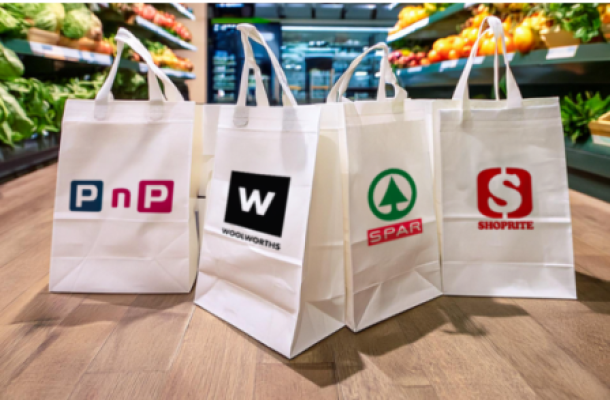Black Friday: The key to retail success is ensuring a positive shopper experience across all relevant channels
The countdown to the Black Friday and Cyber Monday sales has officially begun. With experts predicting shoppers will spend double the amount they did in 2015 – this year’s retail shopping bonanza is expected to be bigger than ever.
According to PwC, online sales will account for 77 per cent of spending, versus 17 per cent in stores. This means competition to attract and retain as many shoppers as possible will be all the more fierce. However, in order to stand out, as customers’ expectations for optimal service continue to grow, it’s no longer enough to simply offer the best prices. The key to retail success is ensuring a positive shopper experience across all relevant channels.
For traditional brick and mortar stores, this means ensuring having the latest pricing database, staff have the latest training, and customers have the latest messaging about special offers. It also translates into being agile and flexible – for example, being able to react to local demand by quickly setting up fully outfitted “pop-up” stores just for the duration of the sale period. Most important, it’s about guaranteeing shops remain open for business and are able to serve customers even if the network to the head-office or the Internet is down. In the cloud, staying ahead is about scaling up resources in order to support an increased demand from online shoppers, and being able to quickly update applications in order to correct problems, or add new features so that customers and retail staff receive those updates automatically, wherever they are.
This is why most retailers have turned to cloud technologies in order to improve employee productivity, increase time and cost savings and improve customer satisfaction. Today’s businesses are storing information in the cloud as well as on local systems – creating what are known as hybrid environments – with 93% of retailers using cloud-based enterprise apps at work today.
Just about every business operation is enabled and mediated by applications, so it is easy to see why 96% of retailers believe app performance plays such a relevant role in productivity. However, business applications do not always perform optimally. 62 per cent of retailers say the poor performance of enterprise applications has negatively impacted their work on a weekly or more frequent basis. This can lead to retailers’ failure to meet customers’ demands for a reliable, time-effective experience. Slow apps present retailers with a number of pitfalls which can have serious repercussions for a company’s bottom line, including dissatisfied customers (36 per cent), contract delays (35 per cent), critical deadlines missed (35 per cent), and loss of clients or customers (29 per cent).
The risk of application performance failure is particularly high with flash and anticipated online sales such as Black Friday and Cyber Monday, where retailers have been unprepared for the spike in website traffic from the increased volumes of shoppers visiting their sites. If a store doesn’t have the monitoring and diagnostics systems in place to detect where network issues lie, it can take much longer to resolve and have the website back online as normal, frustrating customers and employees alike.
To deliver superior application performance in today’s hybrid environments, retailers should consider using technology that provides end-to-end application visibility, optimisation and control, allowing them to quickly – and remotely – detect, analyse, and fix any network and application performance problems before they impact business revenue and customer experience.
In times where online shopping is the norm, companies cannot afford to lose customers over poor application performance. Only by optimising and monitoring the end-to-end performance of their applications and websites can retailers deliver the seamless service that shoppers expect – and ensure they make the most of the upward trend in sales.
News Category
- International retailers
- On the move
- Awards and achievements
- Legislation
- Wine and liquor
- Africa
- Going green
- Supplier news
- Research tools
- Retailer trading results
- Supply chain
- Innovation and technology
- Economic factors
- Crime and security
- Store Openings
- Marketing and Promotions
- Social Responsibility
- Brand Press Office
Related Articles

Checkers Sixty60 wipes floor with Pick n Pay As...

Top tips for consumers to combat escalating ele...

Clear winner in South African retail battle

Drinks survey reveals Rooibos as a top choice a...


